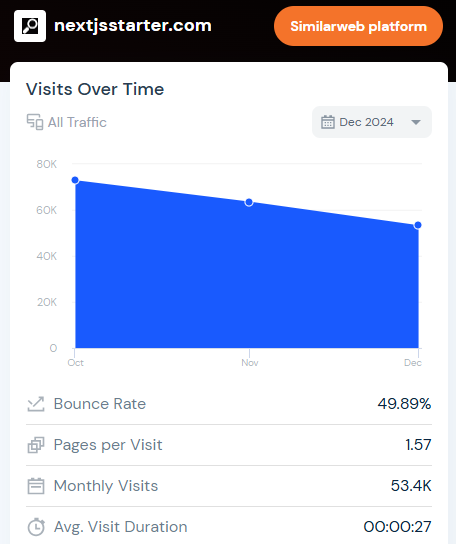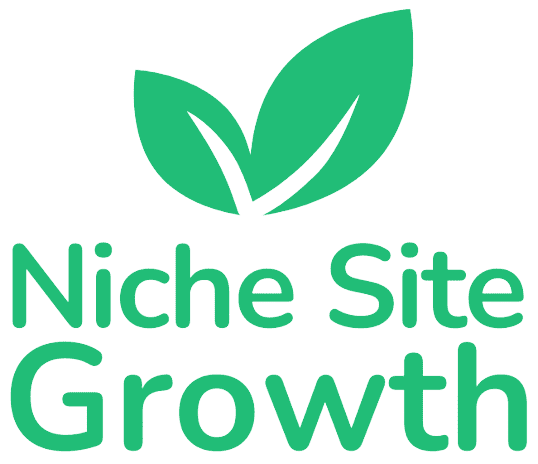Online directories have been around since the dawn of the internet, and it’s no wonder. The business model is beautiful if you can get it to work.
Recently, there’s been a surge of interest in directories.
It started with the AI hype. A few people capitalized on the hype by building AI tool directories in late 2022. Some of those directories grew to staggering heights — such as Futurepedia, which hit 5,000,000 monthly visitors in less than 4 months.
It wasn’t long before people were launching all sorts of niche directories and raking in the cash. Build-in-public success stories abound on X.
Pieter Levels earns $47,000/mo from his directory for digital nomads.
John Rush has built multiple directories around trending topics, his most notable being AllGPTs (a custom GPT directory). It was an overnight success, receiving millions of visitors in the first couple months. In a recent interview, John said he has multiple directories making around $5,000/mo:
Why it makes sense to build a directory
The short answer is that it’s extremely easy these days, especially with tools like Directify and UnicornPlatform.
You can launch a directory in just a few hours.
You don’t need coding knowledge.
You can start getting traffic very quickly from people Googling info on the products you have listed.
There are many ways to monetize them. Paid listings, sponsorships, affiliate marketing, ad revenue.
They’re cheap to build.
Directories are a fantastic little side hustle.
Good niches for directories
In my research, the most successful directories are niche-specific, and oftentimes built around current software/service trends.
For example, SaaS boilerplates are very popular right now.
John Rush saw this early on and built a directory of NextJS boilerplates, which now receives 73,000 monthly visitors according to SimilarWeb (mostly from organic search)!

Rodrigo Rocco built a directory for job boards which made $4,887 in November 2024:
The nice thing about niche-specific directories is that it’s fairly easy to get traffic to them (and listing submissions) by sharing them on X, Reddit, Product Hunt, Hacker News, etc.
Toward the end of the interview with John Rush I linked to above, he mentioned that he’s able to tell if a directory will be successful only a month after launching it. In his experience, the directory should already be getting traffic from people Googling info about the products/services listed in the directory.
Another popular type of directory is location-specific. However, it’s difficult to get much traffic because the only people interested in such a directory would be people who are local to the area (or looking to visit).
Posting a location-specific directory to Product Hunt or Hacker News isn’t gonna drive relevant traffic.
Location-specific directories are difficult to monetize and hard to grow without some serious local marketing. People were talking about this over a decade ago, as you can see in this old Warrior Forum thread.
If I were to build a directory right now, I’d build one around a topic I’m familiar with, and that gets good search volume. That’s what I would recommend you do as well.
How to get traffic to a directory
Based on my own experience and reading about what’s worked for others, this is what I recommend:
- If you’re comfortable doing so, build in public on X. Post about your directory. Post about improvements you make to it. Post testimonials from people using it, once you have them.
- List your directory on Product Hunt and other product launch platforms.
- Look for conversations that are relevant to your directory on Reddit, Quora, X, etc. and if it would be helpful or meaningfully add to the conversation, reply with a link to your directory.
- Find YouTubers in your niche and ask them to share your directory in a video. You’ll probably need to pay for this.
- Create short-form videos about your directory and post to TikTok, Instagram, and YouTube. May as well create long-form videos for the YouTube account as well.
- Ensure your directory listings have good on-page SEO — include an image (or multiple), and at least several paragraphs about the product/service (the more the merrier). This will help you get traffic for searches relating to the products/services you have listed.
- Publish blog posts targeting keywords in your niche and that are relevant to your directory. For example, if you have a “SaaS boilerplate” directory, relevant blog articles would be “Top 10 best SaaS boilerplates”, “Best Laravel SaaS boilerplates”, “X boilerplate vs Y boilerplate”, “Are SaaS boilerplates worth it?”, “What are SaaS boilerplates?”, etc.
- Advertise your directory in relevant newsletters and podcasts.
- Start a newsletter in the same niche as your directory and funnel your readers to the directory. Grow the newsletter organically by having a good lead magnet and sharing it on X, Reddit, etc. Or spend some money on Facebook ads to grow it more predictably.
If you follow that list, you’ll be ahead of 99% of directory founders. 😎
Hope you found this article inspiring and helpful. Thanks for reading! If you have any questions, leave a comment below.
